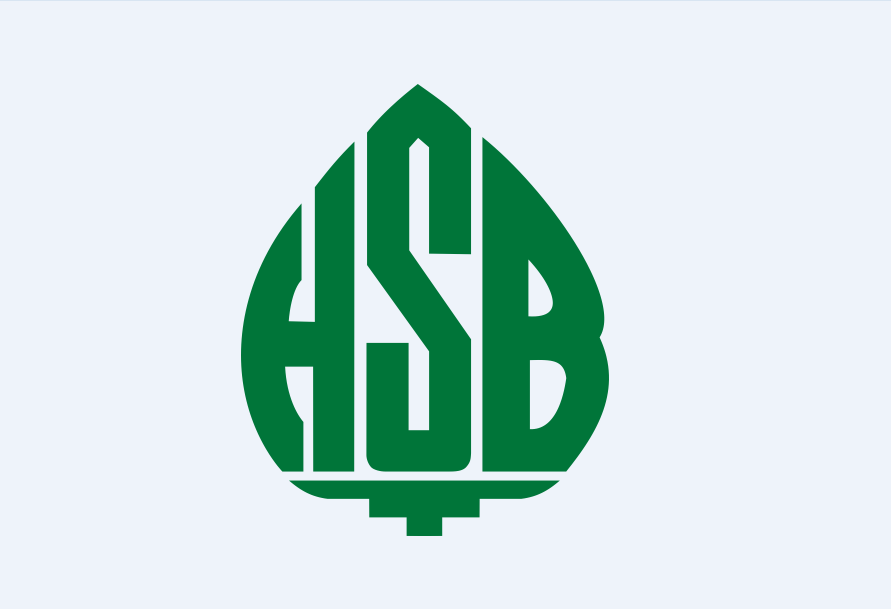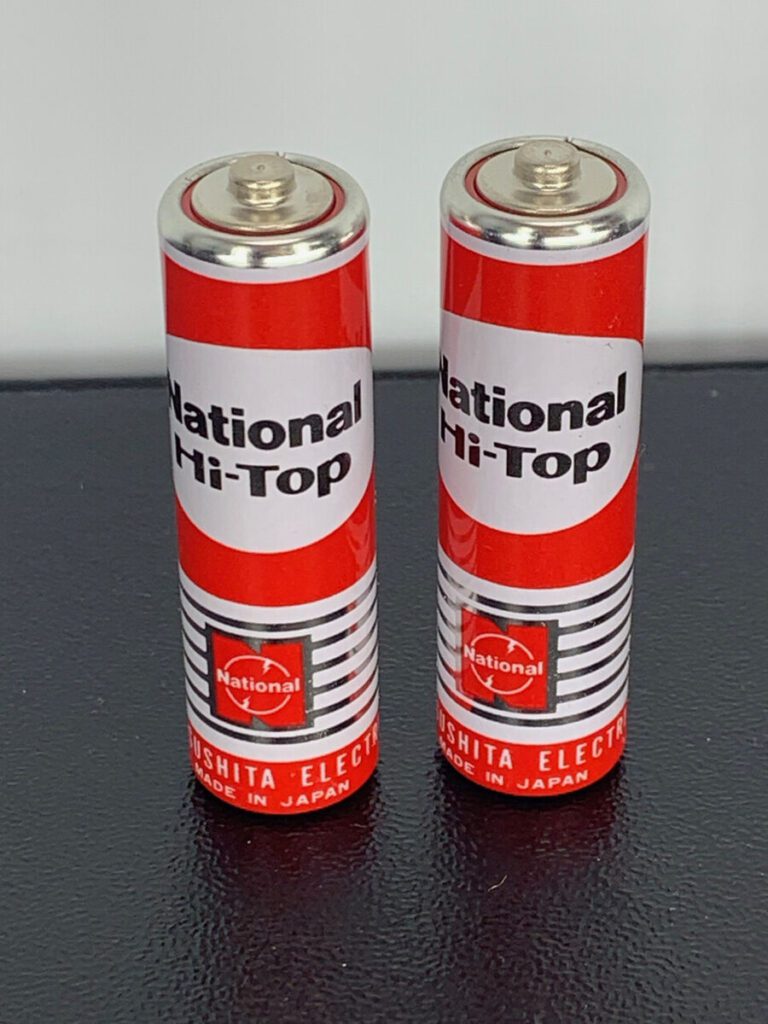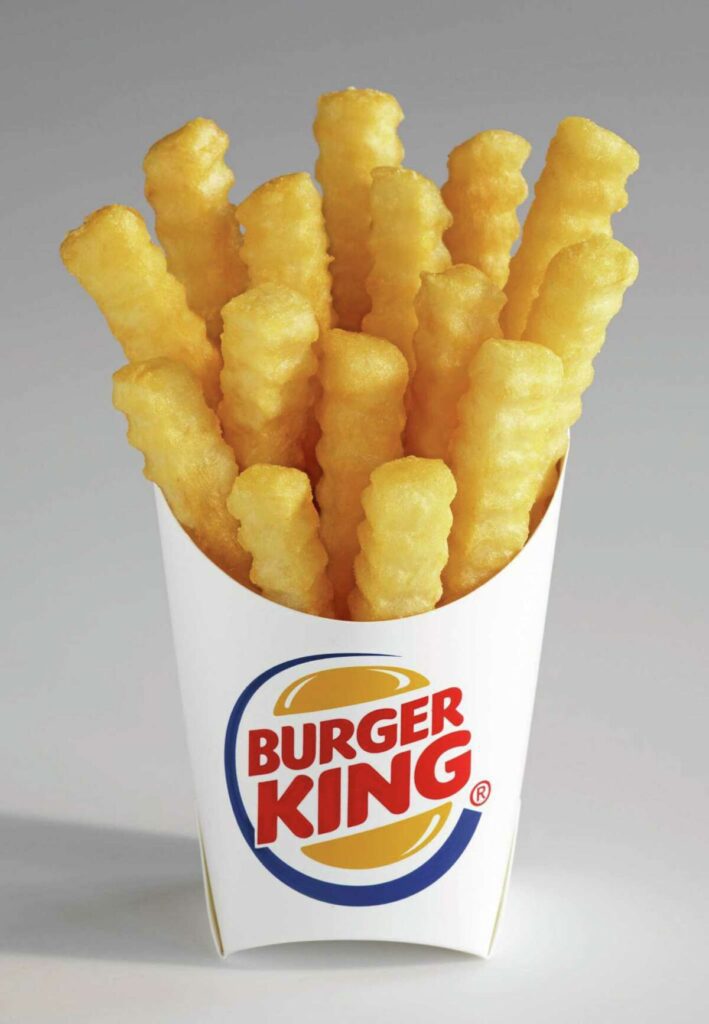What Today’s Pet Parents Really Want!
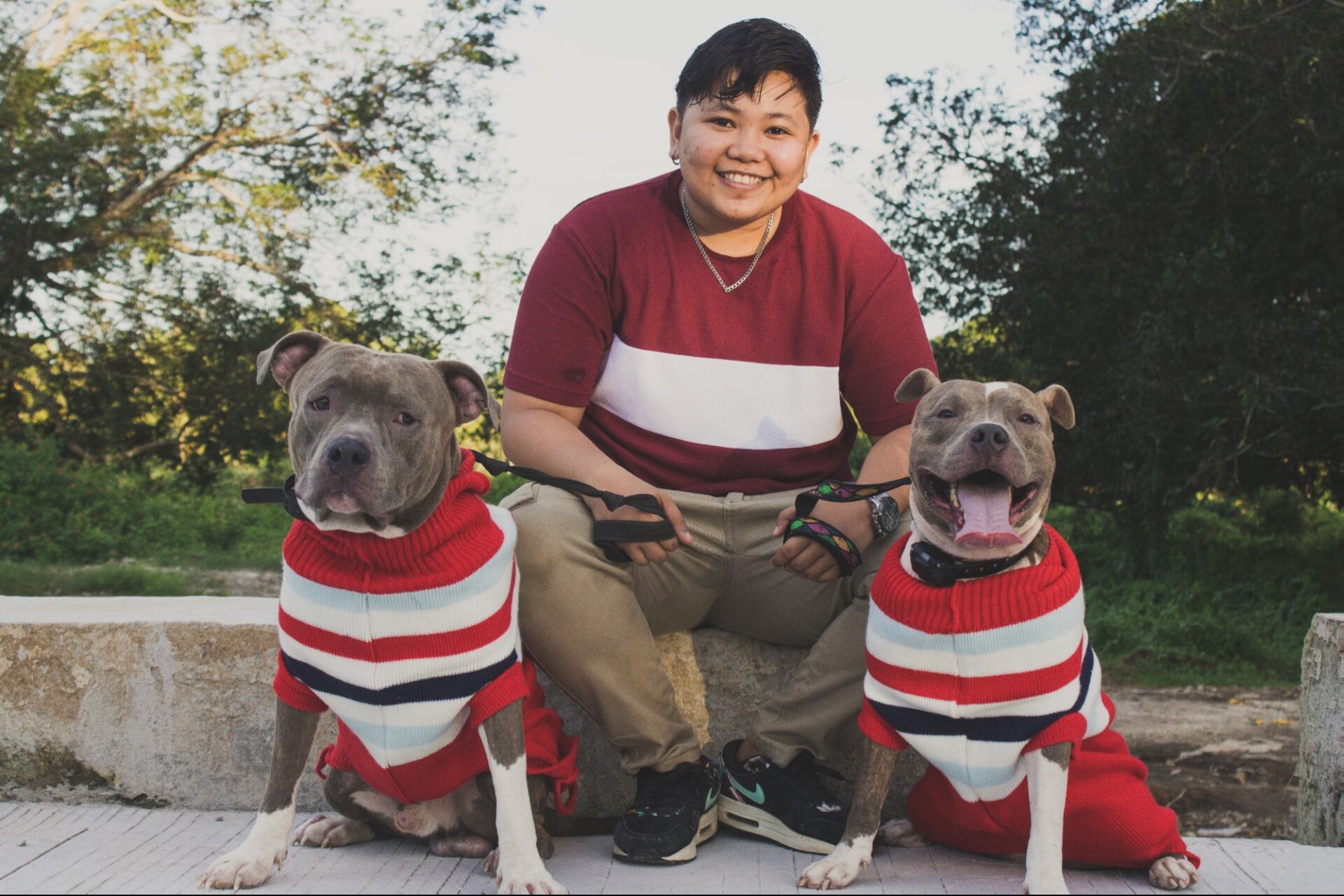
The pet care industry in India is booming. With over 30 million pet parents and an estimated ₹7,500 crore (₹75 billion) market size, the sector is experiencing rapid growth. From premium pet food to veterinary care, the industry is seeing increased spending as pet owners treat their furry friends like family.
But who are these pet parents, and what do they want? That’s the key question brands must answer to stand out in this growing space.
Here’s a deep dive into how the Indian pet industry is evolving and what businesses can do to effectively connect with pet owners.
India’s Growing Pet Culture
India’s pet ownership has seen a 30% rise in the last five years, fuelled by:
- Rising disposable incomes—More households can afford high-quality pet care.
- Urbanisation & nuclear families—Pets are seen as companions in smaller families.
- Increased awareness of pet health – Owners are investing in vet care, nutrition, and wellness products.
Despite this growth, the Indian pet market differs significantly from Western markets. Many brands make the mistake of adopting global strategies without tailoring them to local consumer behaviour.
Here’s what companies need to understand to thrive in India’s pet industry.
Not All Pet Parents Are the Same
One of the biggest marketing mistakes is treating all pet owners as a single consumer group. While they all want the best for their pets, their priorities differ:
- First-time pet owners – need nutrition, grooming, and vet care education.
- Budget-conscious buyers—look for affordable but high-quality pet food and products.
- Premium segment—Willing to spend on organic food, imported brands, and luxury pet services.
- Health-conscious pet parents – Seek specialised diets like grain-free, gluten-free, or breed-specific food.
Brands must segment their audience and communicate accordingly rather than using a one-size-fits-all approach.
Key Trends Shaping India’s Pet Industry
- Brand Trust Matters
Local brands like Drools and Pedigree have traditionally dominated India’s pet care industry. However, international players like Royal Canin and Hill’s Science Diet are gaining traction with growing awareness.
Lesson for brands: Pet owners stick with brands they trust. Establishing credibility through transparent labelling, vet endorsements, and clear nutritional benefits is crucial.
Case Study: Himalaya’s entry into the pet food industry capitalises on its strong brand reputation. Indian consumers already trust Himalaya, making them more likely to trust their pet food offerings.
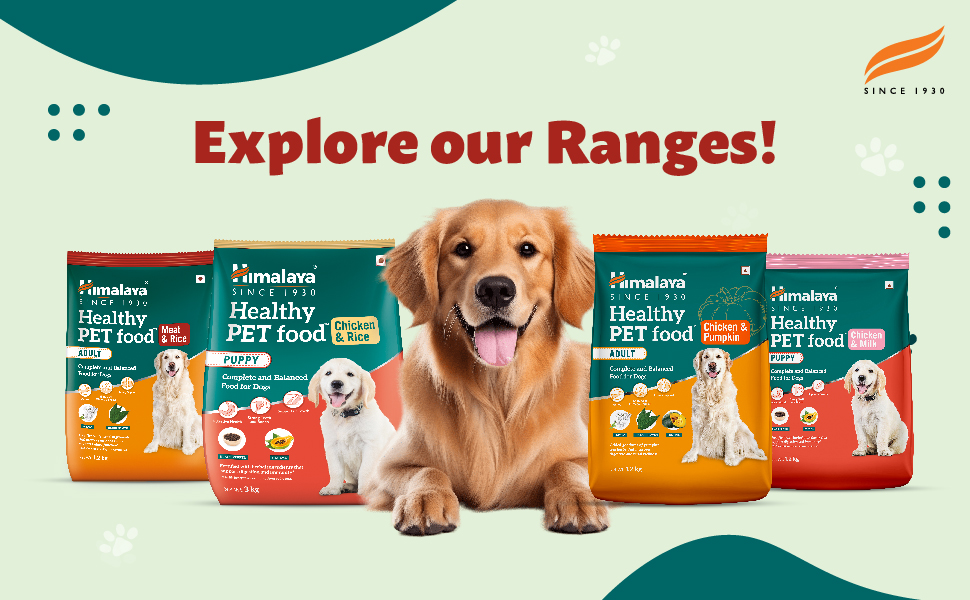
- Personalisation is the Future
As human nutrition is becoming more personalised, pet parents want tailored solutions.
- Types
- Breed-specific diets (e.g., Labrador, German Shepherd, Pomeranian)
- Customised meal plans based on age, weight, and health conditions
- Homemade & fresh pet food delivery (a growing trend in metro cities)
Example: Startups like Doggie Dabbas and Fresh for Paws provide cooked pet meals, catering to owners who want natural and preservative-free options.
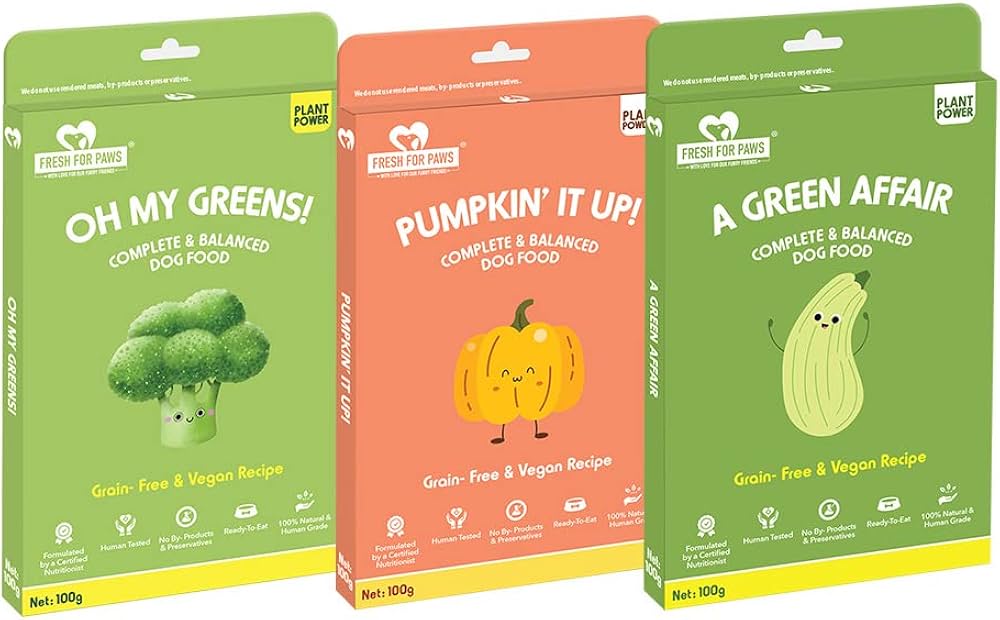
- The Rise of Subscription-Based Shopping
Convenience is key. Like BigBasket and Zepto revolutionised grocery shopping, subscription-based pet food and supply deliveries are gaining popularity.
Example: Heads Up For Tails offers monthly subscription boxes for pet essentials, making shopping easier for busy pet parents.

- Sustainability & Ethical Sourcing
Indian pet owners are increasingly aware of organic, eco-friendly, and cruelty-free products. However, like in global markets, many consumers don’t fully understand terms like “ethically sourced” or “sustainable packaging.”
- Brands should:
- Educate consumers on what sustainability means for pet products.
- Avoid “greenwashing” (false sustainability claims) to maintain trust.
Example: Super Pet, an Indian startup, uses biodegradable packaging and plant-based treats, setting a new standard for sustainability in pet care.
- The Role of AI & Technology in Pet Care
Artificial intelligence is transforming the pet industry in India. From AI-powered pet health tracking to smart feeders, tech-driven solutions are rising.
Example: Wiggles. The Pune-based pet healthcare brand uses AI-powered telemedicine consultations for pet parents, making vet care accessible beyond metro cities.
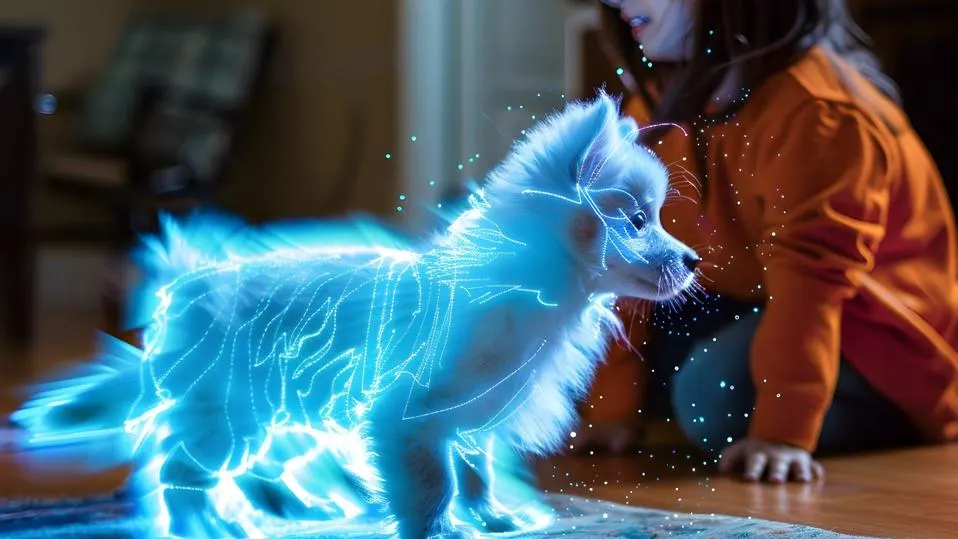
Winning in India’s Pet Market: What Brands Must Do
- Focus on Trust & Transparency—Clear, simple messaging about product benefits works better than complex jargon.
- Make Pet Shopping More Exciting—Gamified shopping experiences, loyalty programs, and in-store events can enhance engagement.
- Educate, Don’t Just Sell—Pet parents want guidance. Brands that provide vet-backed insights, online resources, and pet care blogs will build stronger connections.
- Leverage India’s Digital Shift—E-commerce and pet-focused D2C brands have an edge over traditional pet stores.
- Prioritise Regional Expansion—Metro cities lead in premium pet products, but tier 2 and 3 cities are fast-growing markets for affordable pet care.
Final Thoughts
The Indian pet care industry is set to cross ₹15,000 crore ($1.8 billion) by 2026. But capturing this market isn’t just about selling pet food—it’s about understanding pet parents and their evolving needs.
The brands prioritising customer education, personalisation, and trust will emerge as industry leaders in India’s rapidly growing pet sector.
So, how is your brand taking care of India’s pet parents?

